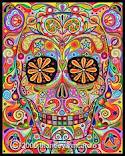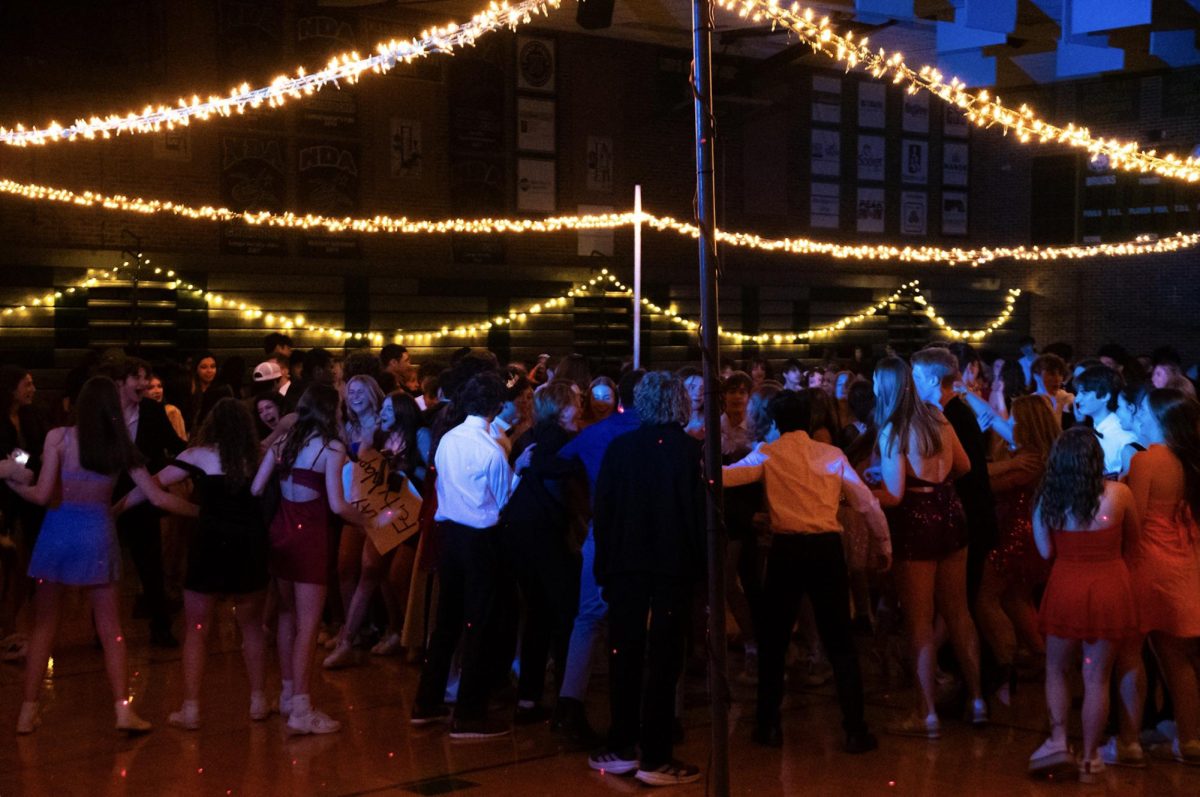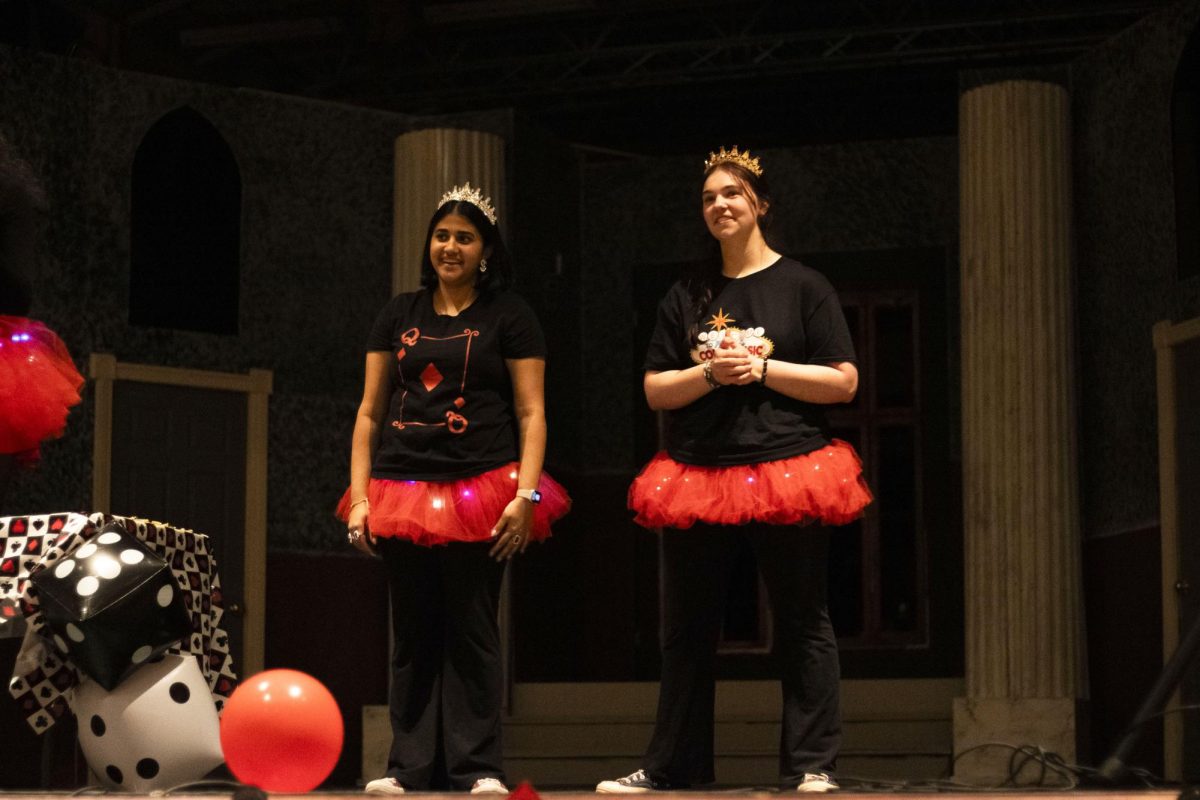Night dawns over ancient Mexico. Adults and children dance on graves, singing and praising the dead in the moonlight.
From what sounds like the start of a horror movie is actually a holiday the citizens of Mexico have been celebrating for over 500 years.
Originating from the Aztecs, the Day of the Dead is a ritual passed on from the native people of what is now modern Mexico. Parades, sugar skulls and long tables of traditional dishes are only some of the ingredients that make up this traditional holiday.
It’s not the skeletons, living dead or delicacies that make this celebration so monumental; it’s the remembering of family that distinguishes this special holiday from so many others.
While children in the United States dress in costumes Oct. 31, scampering from one door to the next, junior Jose Garcia will be remembering a favorite relative.
“When my great uncle died, he was well known,” Garcia said. “Everyone was sad and had a big party in the center of the town. I don’t think I’ll ever forget that party.”
The American holiday of Halloween is renowned for its creepy costumes and candy-filled baskets, but it also shares this day of festivity with its neighbors south of the border.
Every year, thousands of Hispanic adults and children pay respect to their deceased loved ones. They spend their day enjoying a family gathering and sharing stories about the departed, luring parents and children in for a mysterious occasion. The somewhat pleasant atmosphere is meant for encouraging the acceptance of death in a way that isn’t as frightening as Michael Myers.
“Halloween is more of a fun time,” Garcia said. “The Day of the Dead is more serious. You’re quiet and you pray.”
With loved ones beyond the grave in Mexico, Garcia said his family gets together each year around this time to acknowledge and remember the family members they have lost. Even though the ancestors are physically not here, Garcia and his family believe their spirits remain.
“People dance, and everyone dresses up,” Garcia said. “It’s not meant to scare you, though, it’s just to show the dead are here.”
The way the spirits resurrect themselves is through prayers and memborabilia displayed on an altar dedicated to the interests of those who have passed away. Altars are decorated with items that signify his or her individuality such as a musical instrument they used to play, writings or their favorite toy; other items like photographs, food and flowers can also be present.
“The Marigold flower, actually the flower of the dead, is very interesting because if at any other time you brought these flowers to their home they would think it was very disrespectful,” Spanish teacher Carla Danner said.
A native of Peru, Danner teaches Spanish at the second and third level. Because she is not of Mexican descent, she does not celebrate the Day of the Dead but instead celebrates Halloween.
“All over Latin America, they celebrate Halloween in the same fashion,” she said. “I remember when I was young I was also knocking on the doors getting all the candies.”
In America, the youth have held a tradition that has become a Halloween custom. The popular practice of dressing in costumes and Trick or Treating has made holiday history.
“You know, you don’t have people dressing up in costumes that are scary,” Danner said,“and when you do see them with a costume on, it’s to make fun; to help the children get used to the fact that there is an afterlife and that it’s okay that their family is there.”
Danner teaches the Day of the Dead in her classes using videos, photos and by comparing American holidays to Hispanic. In doing this, she makes a connection to the lives between the students and the celebration.
“Halloween has nothing to do with the afterlife,” Danner said. “It’s about the things that are supposed to be scary. There’s supposed to be monsters, devils and witches and all of these dark forces that’s completely different from the Day of the Dead. It’s like there is actually evil on one side and good on the other.”
Wise words are not the only thing she shares with her students. She tells how her students use another aspect of learning and creativity in learning about the Day of the Dead.
“When I used to teach level one we made a class altar,” Danner said. “Everyone brought what they thought best represented them and we made something that represented the whole class.”
By Luke Wyrick
Categories:
Mexicans celebrate traditional holiday
October 27, 2011

0
Tags:
More to Discover












































































